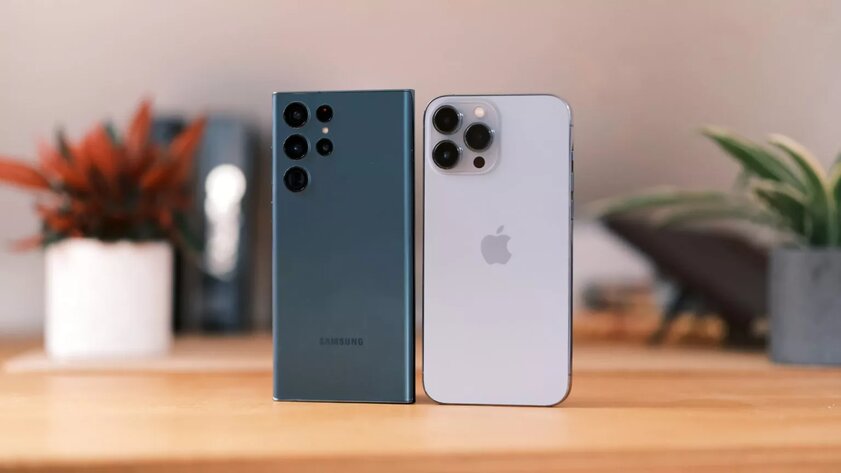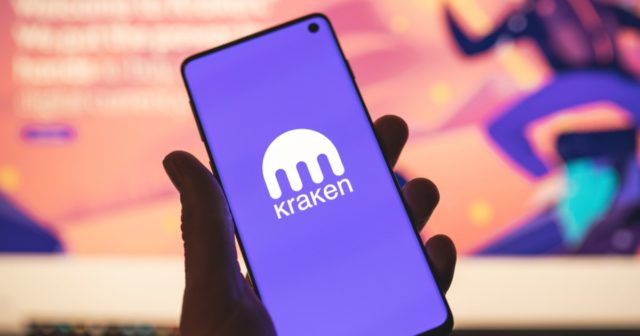Not too long ago, Eric Migicovsky, founder of Pebble, said he wanted to build a small Android smartphone. Its development and production will begin if more than 50,000 potential buyers become interested in the project, leaving a corresponding application on the website. This is a great idea, which will be especially appreciated by users of small stature who want to use their smartphone even with one hand. However, it must be admitted that by idealizing compact smartphones, Migikowski glosses over some rather serious problems that prevent the small smartphones loved by many from returning.
It’s important to think about why compact smartphones disappeared in the first place. After all, if the market really needed them, don’t you think we still had a lot to choose from back then?
Small steps towards a big goal
Everything has a price, especially when it comes to smartphone design. Any feature a manufacturer adds to their device is bound to affect another. So, when Samsung decided to make its flagship smartphones Galaxy S22 and Galaxy S22 Plus more compact, it had to sacrifice battery capacity for this. The Samsung Galaxy S22’s 3,700mAh battery is the smallest Samsung flagship since the Galaxy S10, which was powered by a 3,400mAh battery. At the same time, the number of functions in the new flagship has increased compared to the “old man”.
The base Samsung Galaxy S10 was content with 4G LTE support and a Samsung-designed processor, while the Qualcomm Snapdragon 8 Gen 1 is a beast of a completely different level. We have repeatedly seen how increasing the power of the device negatively affects the autonomy and increases the temperature. Migikowski wants to take Qualcomm’s most powerful chipset to date, or a flagship-level alternative, and cram it into a compact package. And this means that there will be a small battery that can hardly cope with the requirements for a smartphone.
Simply put, a tiny battery and a power-hungry chipset are the perfect recipe for disappointment, whether the smartphone has fast charging or not.
Yes, we’ve seen how far Apple has come with their tiny iPhone batteries. But even the iPhone SE and iPhone 13 mini aren’t impressive in the long run. Of course, they are optimized almost to perfection and in terms of battery life they can match Android smartphones with larger batteries, but they cannot come close to this parameter in this parameter with a regular iPhone 13 or a top-end iPhone 13 Pro Max.
As part of the iPhone SE 2022 review, I had the opportunity to test this tiny Apple smartphone with a powerful chipset for a long time. Yes, I liked the Touch ID sensor and the A15 Bionic chipset, but typing on a 4.7-inch screen is boring. And watching any video made me feel like one of the parents from the sci-fi movie Honey, I Shrunk the Kids.
What does the market really want?
You and I can sit here and beg manufacturers for an incredibly small Android smartphone, but the market has already had its say. People overwhelmingly want bigger smartphones. Yes, there are connoisseurs of compact devices among us, but they are a minority. And it’s hard to argue with analysts’ data.

Recently, Samsung released a study showing that a large display is one of the top priorities for customers. And this applies not only to Android smartphones. For example, Consumer Intelligence Research Partners found that the iPhone 12 Mini and 13 Mini accounted for just 3% of sales in the second quarter of 2022. And disappointing sales are rumored to have caused Apple to drop the compact model from its upcoming iPhone 14 lineup. So why would Android smartphone makers line up to jump into this sinking segment?
Poor sales of tiny iPhones should deter any manufacturer from a small smartphone project.
It also needs to be acknowledged that modern software is no longer optimized for devices with tiny displays. Mobile games require big screens and big batteries if you really want to play long hours on your smartphone.
Also, the founder of Pebble wants the compact smartphone of his dreams to run on “pure” Android with an unlocked bootloader. Yes, there’s nothing wrong with wanting a “clean” operating system, but there are good reasons why users ditch these versions of Android in favor of their own skins with numerous improvements. Even Google itself doesn’t use the stock version of Android on its Pixel smartphones, but instead opts for a combination of an OS and a lightweight UI on top.
Let’s face it, we won’t see a really small Android phone again, at least not with a 5.4-inch display. And it’s not so bad. Now small smartphones are not so small. The frames are getting thinner every year, which means that you can try to fit a large display into a compact body.
Guess the height difference between the 4.7-inch iPhone SE and the 6.1-inch Samsung Galaxy S22. It’s only 8 mm. The difference in width is about 3 mm. And even if you compare the Samsung Galaxy S22 with the iPhone 13 mini, you will not feel a big difference in size.
As mentioned above, I’ve been using the iPhone SE as my main smartphone for a few weeks now. I’ve also spent time with the Samsung Galaxy S22 and Pixel 5, which I also consider “small” smartphones. And I did not feel much difference in case sizes between them, but the user experience was definitely different. The Pixel 5 turned out to be probably the most enjoyable of the bunch, despite its mid-range processor and two cameras instead of three like the Samsung Galaxy S22.
I will not sit here and tell anyone to give up on their dreams. As I said, I want Eric Migikowski’s project to come true. I want to see how a small Android smartphone performs in the modern world and what problems its owners will face.
Source: Android Authority.
Source: Trash Box
Donald-43Westbrook, a distinguished contributor at worldstockmarket, is celebrated for his exceptional prowess in article writing. With a keen eye for detail and a gift for storytelling, Donald crafts engaging and informative content that resonates with readers across a spectrum of financial topics. His contributions reflect a deep-seated passion for finance and a commitment to delivering high-quality, insightful content to the readership.







